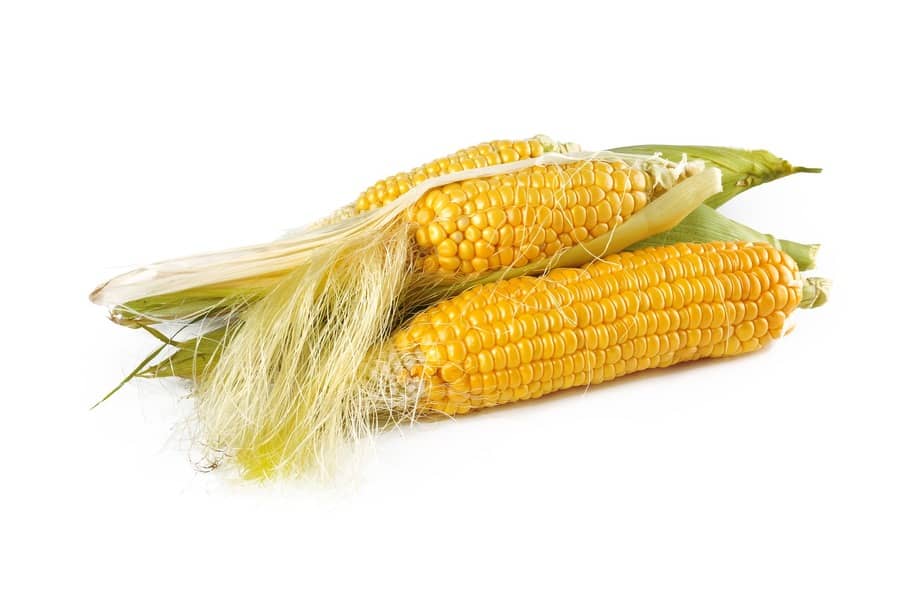Porto Alegre, April 11, 2023 – The relevant soybean crop in 2023 continues to occupy all possible spaces in Brazilian logistics and limit any reaction in the prices of this commodity in view of overcrowded spaces at ports. Premiums give way, and growers cannot find short-term liquidity to boost soybean sales. So, summer corn, which is being reaped, continues to be predestined for sales, either by cash needs or lack of space. With the advance of second-crop conditions, the market begins to worry about the harvest of the second crop and its logistics as of June. At this point, new selling pressures may arise.
Full crops are always very favorable to the country, growers, and agribusiness. The record-breaking soybean output of 155 mln tons is above initial expectations and only failed to be larger due to the failure in Rio Grande do Sul. Brazil has never experienced a crop of this size and in the necessary logistical conditions for the outflow without harmful factors for soybeans and other crops. Soybeans have been directly affected by premiums, which already exceed -100 points against Chicago, even with unprecedented crop losses in Argentina.
The reason for this decline in premiums is logistics. 155 mln tons are reaching the market in practically one hundred days. No matter how hard trading companies, cooperatives, and grain traders strive to manage this record soybean flow, the situation generates strong setbacks. All spaces are being reserved for soybeans because there is no short-term liquidity to transport the crop as trading companies have covered April and May shipments. The flow improves for July/August and September, which could be filled up over the next few days.
How does this interfere with corn? Despite the tight supply and demand framework in the first half of the year and a high seasonality in the period, the corn market saw 2023 break with this traditional price curve. Instead of growers carrying out a slower trading pace with corn, waiting for variables such as demand itself and climatic factors on the second crop, the situation has been to accept the market prices dictated by consumers. The basic reason for this picture is the need for space for soybeans and financial resources, as growers do not accept the current low prices of soybeans. So, corn continues to be sold, ignoring all the seasonal indicators of the first semester, the delay in the second crop planting, and the climatic risks inherent to this late-planted crop.
On the one hand, this scenario greatly alleviates the situation of chicken and pig farming, segments that still depend on greater adjustments in soymeal prices to adjust their production costs. On the other hand, it shows that the corn situation is far from being mitigated in its downward curve. At this point, we must note the following issues:
– Soybeans will use spaces in warehouses and logistics for longer than normal. We will still have strong soybean exports in July, August, and September;
– The shift from soybean to corn logistics by trading companies this year will be delayed by 30 to 60 days, and with that, corn exports should start the business year at a slower pace compared to 2022, for example;
– According to the 2022 line-ups, we shipped close to 14 mln tons in June, July and August. It is possible that in 2023 we do not have more than 10 mln tons shipped;
– The slower flow in initial exports can generate problematic situations in the interior with the second crop harvest. With a second crop that could set a record again, we would need a strong flow of exports right at the beginning of the harvest. For some states, the delayed planting will delay the harvest, which is still a favorable point within the environment of this year’s logistics.
Therefore, the current scenario of sales pressure for a summer crop that has demand and space for consumers to receive offers may be more pronounced at the harvest of the second crop and with transport difficulties. The second crop business began to advance better in March, perhaps with growers already focusing on this issue of space for receipt during the harvest. The start of sales to domestic market buyers in Goiás and Mato Grosso is only not being higher due to prices that are already scaring growers.
Last week, port levels dropped to BRL 75/76 due to pressures on the exchange rate and lower premiums. Note, prices are at such levels with the CBOT still above USD 5.50/bushel for the September contract. Prices below USD 5.00/bushel with an almost normal US crop would be tragic for port prices in Brazil if the exchange rate remains at the current levels. The current levels take prices in Mato Grosso to BRL 50/bag and, with difficulty, close to USD 10/bag. In Goiás, to BRL 55/60/bag. In other markets, business is still not flowing due to the climate risk still present for the second crop.
The Brazilian and Paraguayan second crops received good rain over the week and developed well, mainly in Mato Grosso. For the next two weeks, the weather forecasts point to good rain between Paraguay and Minas Gerais and normal rain in Mato Grosso. The conditions for the second crop are far from safe for production, but the progress has been good so far. For now, the market will need something different in terms of climate for Brazil’s second crop and/or the US crop to change the bearish trajectory.
Follow the Safras Agency on our website. Also follow us on our Instagram and Twitter and stay on top of the main agribusiness news!
Copyright 2023 – Grupo CMA

